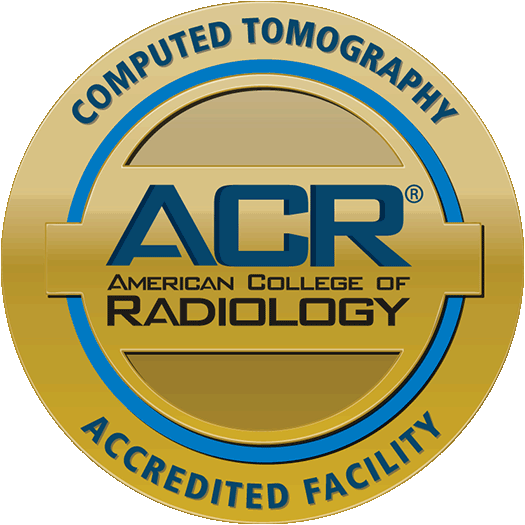Computed Tomography (CT)
Computed tomography takes X-ray technology one step further. Instead of just a single, flat 2-dimensional view of the body as in a conventional X-ray, CT scans take multiple, very detailed "slices" or cross-sections of the body, both horizontally and vertically.
CT scans offer more information about your organs, muscles, fat, and bones while minimizing your exposure to radiation. This is why CT scans are commonly used for diagnosis in order to advance treatment and manage patient care.
Computed Tomography (CT)
Computed tomography takes X-ray technology one step further. Instead of just a single, flat 2-dimensional view of the body as in a conventional X-ray, CT scans take multiple, very detailed "slices" or cross-sections of the body, both horizontally and vertically.
CT scans offer more information about your organs, muscles, fat, and bones while minimizing your exposure to radiation. This is why CT scans are commonly used for diagnosis in order to advance treatment and manage patient care.
Our Technology
Physicians in every service line rely on CT scans to give them the right information so they can provide better care. At Augusta University Health, our physicians can do this using the latest CT technology.
Our scans are:
- Faster. Our two 256-slice diagnostic scanners are the fastest technology currently available, so that most scans take mere seconds.
- Safer—with low radiation. Our advanced technology—including iterative reconstruction and metal artifact reduction—self-regulates to ensure patients receive the lowest dose of radiation possible while still allowing us to obtain a high-quality image. This is particularly important when children must undergo CT scanning.
- Diagnostic AND procedural. Along with our diagnostic scanners, we also have a dedicated 128-slice procedural scanner that combines CT and fluoroscopy technology to provide physicians with real-time information during procedures, including CT-guided lung and liver biopsies, tube or drain placements, radiofrequency ablation, spine injections for pain management, and more.
Our Standards of Care
Patient Comfort
Preparing for Your Procedure

Accreditation
Computed Tomography
The ACR gold seal of accreditation stands for the highest level of image quality and patient safety and is only awarded to facilities meeting specific guidelines, technical standards, and a peer review evaluation.
Our Providers
Augusta University Medical Center specialists provide care and support throughout your entire healthcare journey.
Radiology
Interventional Radiology
Radiology
Radiology
Resources & Tools.
Resources & Tools
Here are a few helpful resources to guide your next steps


